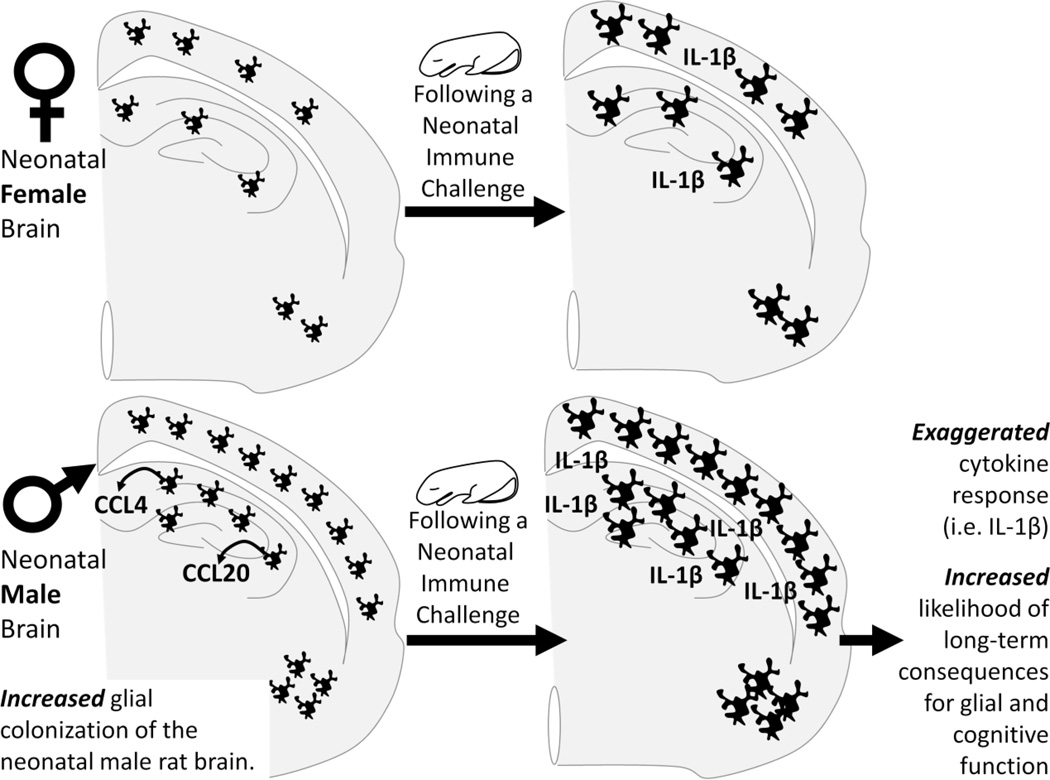Figure 3. Sex differences in microglial colonization may make males more vulnerable to a neonatal immune challenge.
Within the developing hippocampus and cortex, males express nearly 200- and 50-fold higher levels of two specific chemokines, CCL20 and CCL4, respectively. Sex differences in chemokine (chemotactic cytokine) expression such as this may drive the sex difference in colonization of microglia into the neonatal brain from the periphery. Males have significantly more microglia within the cortex, hippocampus, and amygdala by postnatal day 4 than females. This sex difference in the number of microglia may make males more vulnerable in the event of a neonatal infection, causing exaggerated expression of cytokines. This increase in cytokine production during neural development causes long-term changes in glial function and increased risk of cognitive deficits in adulthood.

